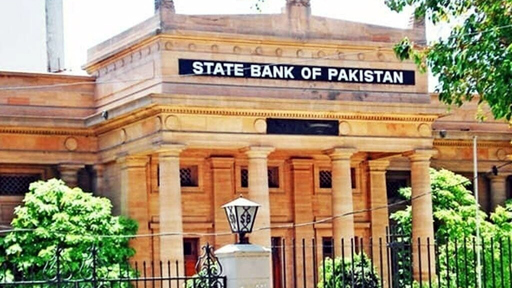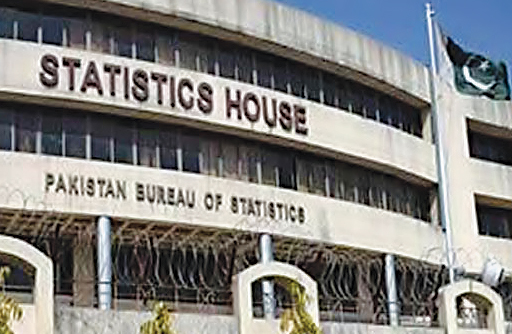SBP May Reduce Interest Rates: AKD Research

Staff Report:
AKD Research has hoped that SBP is expected to maintain its monetary easing stance, given higher positive real interest rates on a forward-looking basis and negative growth in industrial activity amid a two-decade high current account surplus.
Accordingly, it has expected the Monetary Policy Committee (MPC) to reduce interest rates by 200bps to 11%, with an additional 150bps cut anticipated during the remainder of CY25. We recommend an overweight stance on sectors poised to benefit from monetary easing, structural reforms, and declining commodity prices.SBP Mid-Year Review: Banking Sector Shows Strong Performance and Resilience in H1 CY24
SBP to continue with monetary easing. AKD Research has anticipated that SBP will maintain its monetary easing stance, considering inflation remains below the central bank’s target range, quarterly GDP growth falls short of SBP’s target, a contraction in money supply, and a current account surplus at a two-decade high. Inflation is expected to continue its disinflationary trend in January 2025, driven by deflation in food prices.
As a result, we project positive real interest rates for January 2025 at 10.31% and over 7.0% based on our 12-month forward inflation forecast. Accordingly, we expect the MPC to reduce interest rates by 200bps to 11%, with an additional 150bps cut anticipated during the remainder of CY25. These elevated real interest rates should adequately account for any upward risks to inflation stemming from a potential increase in tax rates to address the FBR’s revenue shortfall. Meanwhile, the stability of global oil prices at current levels would further support our inflation outlook.
Inflation to ease to 2.7% in January 2025: We expect NCPI to fall to 2.69% YoY in January 2025 from 4.07% YoY in the previous month on the back of deflation in food prices compared to the previous year. However, on a sequential basis, inflation is anticipated to ascend by 0.5% MoM, led by a surge in the Housing and Food Price Index due to lower QTA and FCA on electricity bills alongside quarterly rent adjustments. Food prices are projected to rise by 0.4% MoM, driven by increases in the prices of chicken (up 29% MoM), fresh vegetables (up 5% MoM), and sugar (up 3.9% MoM). Overall, we expect average inflation to drop below 6.5% for FY25E compared to 23.4% for FY24.
GDP growth way below SBP target in 1Q: GDP growth in 1QFY25 was recorded at 0.92% YoY, falling short of the SBP’s FY25 target of 2.5-3.5%, mainly due to negative growth in the industrial sector and muted performance in agriculture. Industrial growth contracted, driven by declines in mining and quarrying (-6.49% YoY), LSM (-0.82% YoY), and construction (-14.91% YoY). Leading indicators show domestic cement sales fell by 4.7% YoY in December 2024, while fertilizer sales surged 57.8% YoY, and power generation increased 2.3% YoY, supported by incentive packages. OMC sales grew modestly by 3.2% YoY despite anti-smuggling measures, while auto sales showed strong growth due to a low base effect and the clearance of a tractor backlog under a government scheme. Additionally, negative growth in M2 (down 2% FYTD), despite higher net budgetary borrowing and a 700bps policy rate cut, suggests room for further monetary easing.
Current account turns out to be better than expected: The current account continued to improve and posted a surplus of USD 1.2 billion during 1HFY25, driven by robust workers’ remittances and strong export performance. Exports grew by 7.2% YoY, mainly driven by value-added textiles, tobacco, sugar, and POL exports. Meanwhile, favorable global commodity prices helped contain the import bill despite a sizeable increase in import volumes and machinery imports (up 29.0% YoY). For FY25, robust growth in remittances and rising exports are projected to yield a current account surplus of 0.4% of GDP. This will enable SBP’s FX reserves to near USD 14.0 billion by June 2025.
Equities to remain in the limelight: Falling returns from alternative investments are expected to make equities the preferred asset class in 2025. Furthermore, the focus on structural reforms and tight fiscal and monetary policies under the IMF program is expected to improve the investment climate and support market rally. We recommend an overweight stance on sectors poised to benefit from monetary easing, structural reforms, and declining commodity prices.







